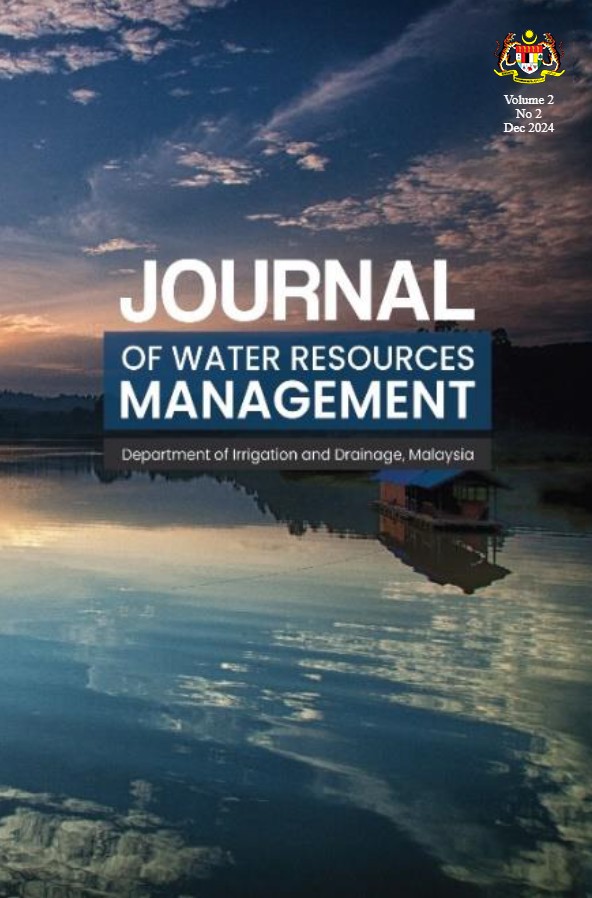Impact of Reservoir Evaporation Losses on Water Demand: A Case Study of Bontanga Reservoir, Northern Region of Ghana
Published 13-01-2025
Keywords
- Aerodynamic,
- Blaney-Criddle,
- Energy balance,
- Penman-Monteith,
- Irrigation ratio
How to Cite
Copyright (c) 2024 Journal of Water Resources Management

This work is licensed under a Creative Commons Attribution-NonCommercial-ShareAlike 4.0 International License.
Abstract
Reservoir evaporation losses are not negligible, they directly affect the reservoir water supply. This study was undertaken to estimate evaporation losses from the Bontanga reservoir and assess the impact of reservoir evaporation losses on water demand. The Energy balance, Aerodynamic, standard FAO Penman-Monteith, and Blaney-Criddle methods were employed to estimate reservoir evaporation rates during the irrigation season which runs from October to May. The water balance approach was applied to assess the impact of reservoir evaporation losses on water demand. In addition to the standard FAO Penman Monteith method, the study demonstrated that Aerodynamic method (R2:0.97) and Energy balance methods (R2:0.95) can accurately estimate the evaporation rate from Bontanga reservoir. The peak and average reservoir evaporation rates were 6.5 mm/day and 5.88 mm/day, respectively. The study also revealed that the seasonal evaporation loss represented 19.61 % of the reservoir capacity. The volume of seasonal reservoir evaporation loss (3,834,576.20 m3) represented 0.46 times the seasonal irrigation water demand and 6.3 times the domestic water demand. ANOVA results (p <0.001) showed that the seasonal water demand from multiple users differed significantly at 5 % level. To sustainably meet the reservoir water demand, it is recommended that programmes such as intensification of afforestation in the catchment area should be promoted as effective reservoir water management strategies. Adoption of these practices could lead to further studies on the effect of catchment vegetation restoration on reservoir evaporation and sedimentation.

